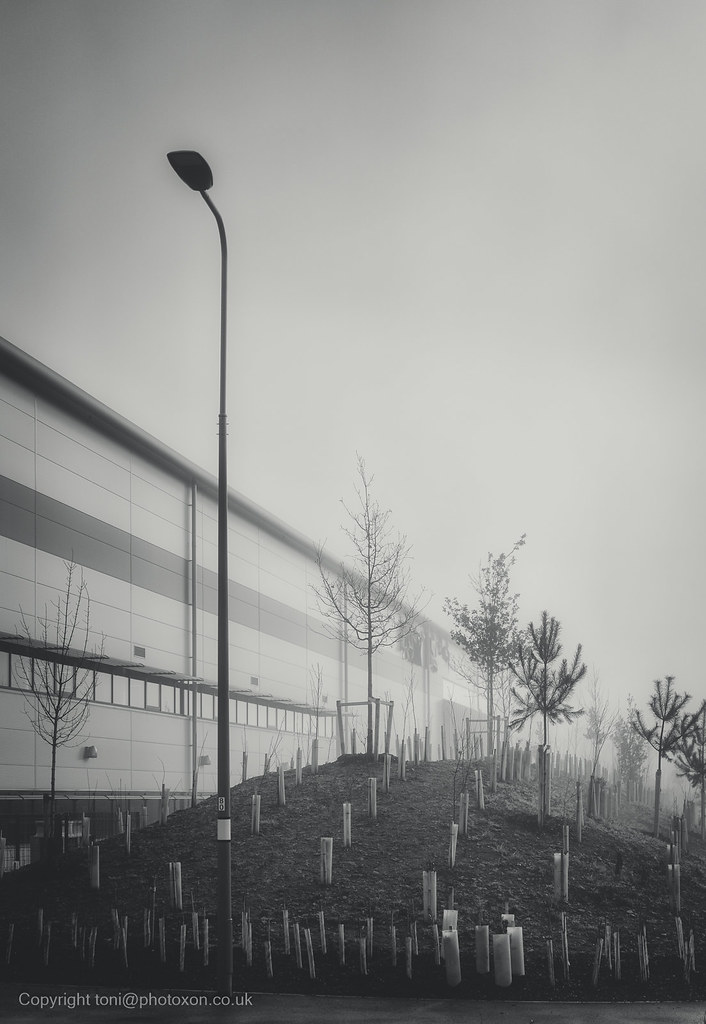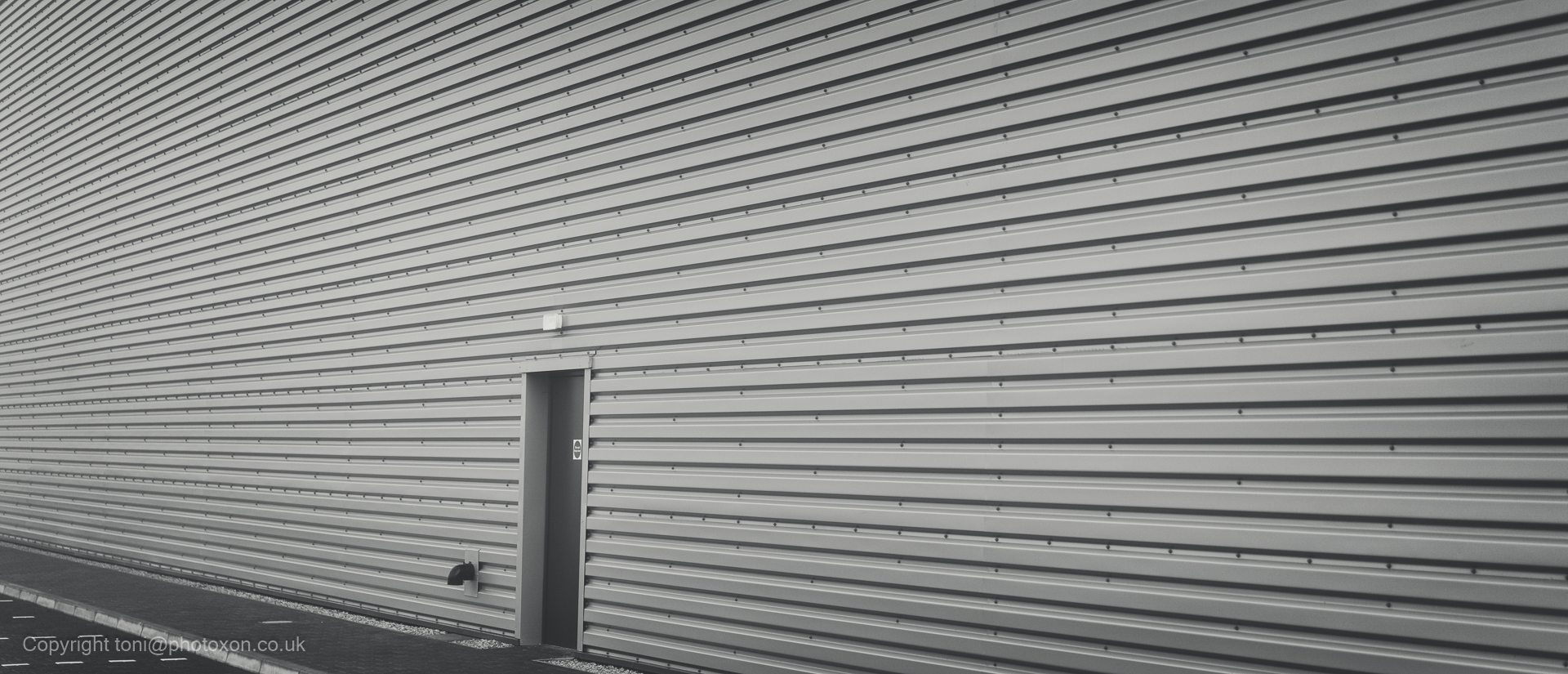- Messages
- 23,499
- Name
- Toni
- Edit My Images
- No
A little piece of Bicester.
 New estate 1 by Anton Ertl, on Flickr
New estate 1 by Anton Ertl, on Flickr
 New estate 2 by Anton Ertl, on Flickr
New estate 2 by Anton Ertl, on Flickr
Is this image rectangular or tapered?
 New estate 4 by Anton Ertl, on Flickr
New estate 4 by Anton Ertl, on Flickr
 New estate 6 by Anton Ertl, on Flickr
New estate 6 by Anton Ertl, on Flickr
C&C welcome
 New estate 1 by Anton Ertl, on Flickr
New estate 1 by Anton Ertl, on Flickr New estate 2 by Anton Ertl, on Flickr
New estate 2 by Anton Ertl, on FlickrIs this image rectangular or tapered?
 New estate 4 by Anton Ertl, on Flickr
New estate 4 by Anton Ertl, on Flickr New estate 6 by Anton Ertl, on Flickr
New estate 6 by Anton Ertl, on FlickrC&C welcome

